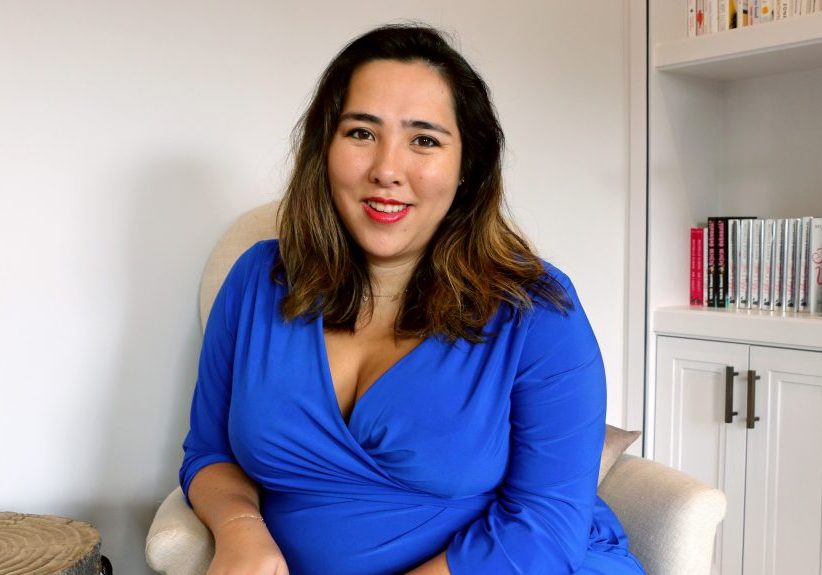Boundaries is such a popular word nowadays that it is hard to remember a time it wasn't part of our everyday language. But if we rewind to our own childhoods, more likely than not, this word was never mentioned. So how do we teach our kids boundaries when we were never taught it in the first place?
The thing is as adults, we are often relearning boundaries. Boundaries are innate to children; you will have discovered that when your child was a toddler and they were put in the arms of a stranger they didn't feel comfortable around, or someone took their toy that they were playing with. They know where they end and another begins and they know when something doesn't feel good even if they didn't have the language to communicate it.
Over time though, often around three or four years old, we evolve to have Theory of Mind and that means we not only can think, but we become aware that other people have thoughts and - more specifically when it comes to boundaries - people are capable of having thoughts about you.
We learn to not just react to our feelings but instead learn that in order to be socially acceptable and seen as a 'good child', we have to do as we are told instead of listening to that instinct. Boundaries are giving your child back those skills and actually telling them it's brilliant that they know what they want, and even if they don't get to do what they want all the time, we want them to stay in touch with their feelings so that as they grow and become adults, they are not only aware of their needs but they can communicate them to let other people know too.
Where to start?
The first place to start is to work on your own boundaries. We all know kids do as we do and not as we say, so they will likely follow your example of what boundaries can look like. This means knowing how to use your own voice, communicate your needs and ultimately how to say no. Saying no to your child is the perfect starting point to demonstrate that we can't just be good at saying no, but we must also be good at respecting other people's no and that you don't always have to understand someone's boundaries in order to respect it. For example, if your child starts hitting you, you can explain that you don't like that and you need them to respect your body.
How I explain boundaries to younger kids is to imagine them like a protective bubble. They keep you safe and you can let people enter the bubble if they have earned your trust but we don't invade anyone else's space if we haven't been given permission to, just like how we wouldn't like anyone else bursting our bubbles.
For older kids, boundaries are all about how you want to be treated, what is and isn't acceptable and you get to make the rules for that! I use the analogy of your home. Everyone has different rules for their homes. Some people have rules where they have to take their shoes off when they walk in and some people have rules like no closing your bedroom door without permission. We always respect the rules of someone else's house and that's the same with boundaries. Your boundaries don't have to be the same as someone else's and you can tell someone if something they are doing is making you uncomfortable.
As they learn more and more boundaries, it can also be helpful to provide them with some sentences and phrases that might be easier to say than simply 'no'. For me, I love the sentence 'That doesn't work for me'. Everyone will have their own unique style of setting boundaries but one of the hurdles even adults struggle with is the language. If you aren't used to boundaries, it can feel like learning a new language and that's why having go to phrases can be helpful. Using the phrases yourself again provides context and examples of how it can be used with a gentle tone.
We also want to teach our kids that boundaries are not set because we are mad or angry with them. Boundaries are actually not about other people at all, it's about us and our own needs.
Once they get to grips with the language around boundaries, you also want to be teaching them that breaking boundaries will have consequences. Some of those consequences will be someone not trusting you or more practical things like when they are younger, if they scream then you will have to go home from the playground.
We want to make sure we are setting boundaries that we know we can follow through on because otherwise the consequence will be more of a threat than a reality. If you know you can't follow through on it, then set a lower consequence that you can actually follow through on. You want to explain that when you set a boundary, and someone crosses it the first time, then restate it with a consequence and then if it is broken again that is when you enforce the consequence.
For example, if their friend wants to see their book and they start bending the pages, you can say 'I don't like the pages of my book being bent, please stop doing that' and if they persist, then follow it up with 'I have asked you to not bend my book, if you keep doing that, I'm going to take the book back' and then if it persists, they take the book back. Using examples like this can also be really helpful and continuing to have the conversation with your child will be so beneficial as they get older and might be battling new and different boundaries!
Michelle Elman is a coach and the author of How to Say No

